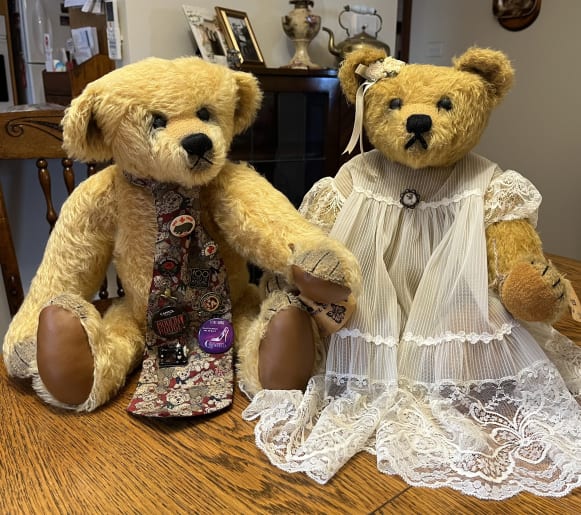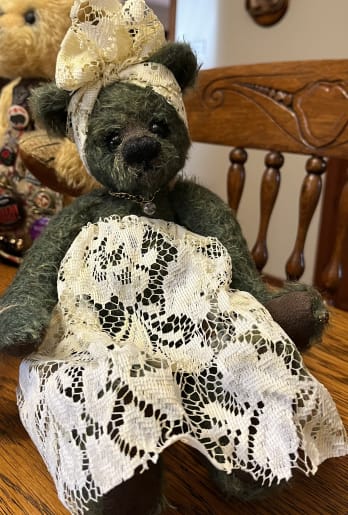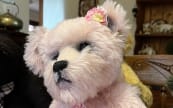Janice Creenaune meets Thirroul resident June Summers who spent more than 30 years working as a machinist at the King Gee factory. It was there she perfected the skills she’s using in retirement to create delightful teddy bears.
The timeless quality of teddy bears lives on in the hands of local maker June Summers.
June, 76, began her crafty ‘bear skills’ as a machinist at the local King Gee factory. After training as a nurse June realised, after having children, that neither shift work nor nursing was conducive to being a mother.
“As a machinist I was allowed to have ‘school day times’, and holidays were available similarly to the children, so it worked very well for me,” June says.
The resultant change to the local King Gee factory allowed her to thrive in both areas for more than 30 years.
“Many immigrant women whose husbands worked at the steelworks also worked here. It was a thriving and very happy work community for all of us.”
At King Gee, perfection as a machinist was expected and there was enormous pressure placed on machinists.
“The perfect garment was to be created and nothing less.”
In retirement, June has used these same perfectionist machining and hand-sewing skills to create her teddy bears.
“I am largely self-taught and this is an obvious advantage because the creativity comes totally from within my imagination. I just wanted to have a go initially, but even my first one (which I still keep) was a very good effort. Now after 15 years of making them, I do have my own style and methods.”
June makes her bears from angora and mohair fur, originally from Sydney, but then she had to source supplies from overseas.
“I only work with the best fabric because otherwise the material can stretch and it needs backing to maintain stability. The highest quality is also the best to work with, easier to wash and clean of any staining,” June says. “I also only use ‘safety eyes’ and the highest quality of joints and decorations, ribbons and jewellery.”
June even includes a little signature embroidered rose and a tagged name and date of creation. It’s a complete package of unique beauty.
The process is a complex mixture of machine sewing and hand-sewing beginning with a ‘fat quarter’ (about 15-inches by 15-inches) and the pattern cut to ensure the material bias is correct, and often double sewed.
“The head is always first, and the shape extremely important. Then the details creating the personality of the bear, before starting the joints, body, legs and arms.
The nose is very time-consuming and very important to the character of the bear. Paw pads of leather or embroidered add ‘life’. I also create traditional bears with back humps and longer arms and legs.”
Most of June’s creations have been given away, some to friends, others to ‘lift an illness’, to celebrate a wedding or recognise a relationship.
“The gift is part of the process and becomes deeply personal for me and for the recipients,” she says. “I remember their response as part of the bear’s development.”
“For me, creating the bear brings comfort, peace and love and every bear is a challenge.”
Janice is a volunteer for PKD (Polycystic Kidney Disease) Foundation Australia. Email janicecreenaune@gmail.com











